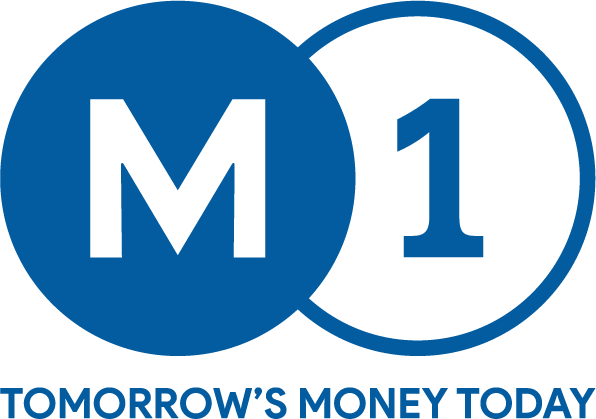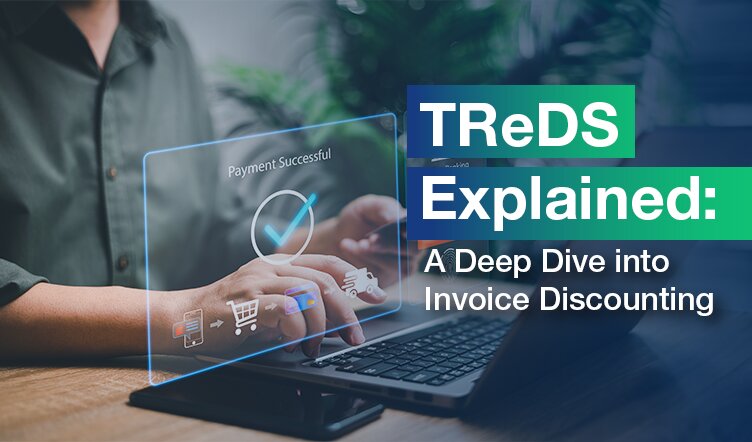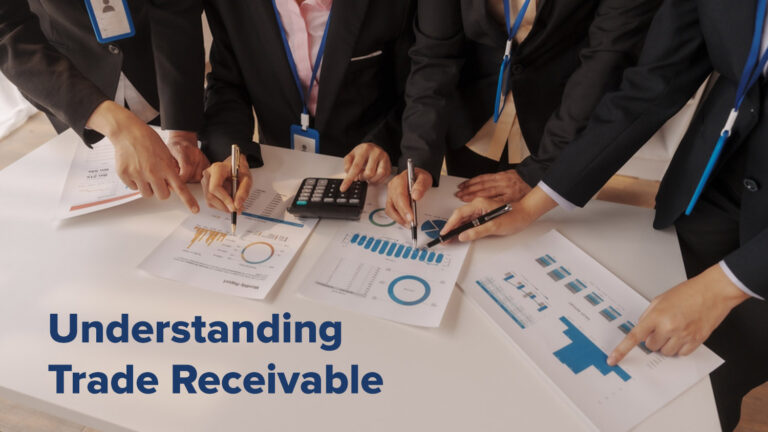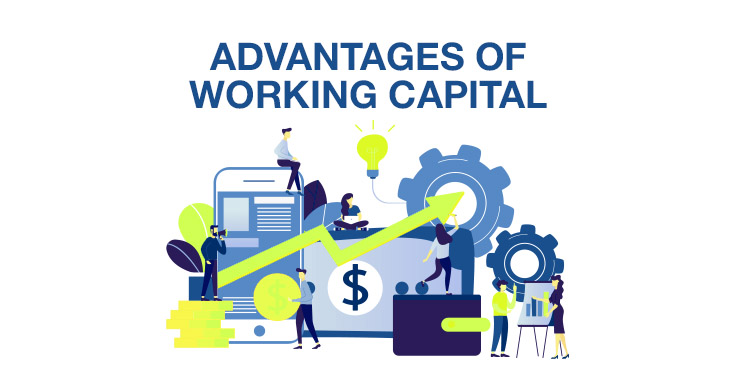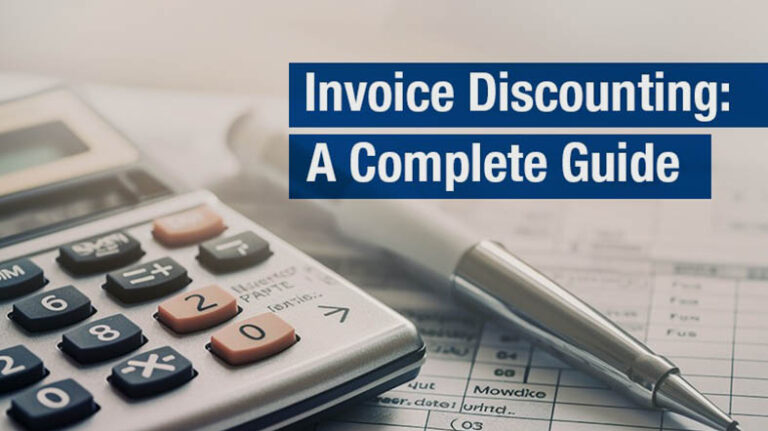1. Tell us how blockchain is implemented in your product/solution
TReDS is a concept from RBI, under which Bill Discounting Exchanges have been set up by three entities namely Mynd Solutions Pvt Ltd, Axis Bank Ltd, and NSE-SIDBI JV. Under this program, large corporates and their suppliers upload their invoices on the platform, which the counterparty verifies or accepts. Post that, the financiers place their bids for financing the respective invoice for the credit period. The interest bearer party accepts the most suitable bid.
With three exchanges operating in India and many banks financing through these exchanges and outside the exchanges, there is always a chance that an invoice gets uploaded on more than one exchange, which is not a problem. However, it had to be ensured that duplicate financing does not happen on the same invoice.
To solve this issue, the three exchanges came together and have set up a permission ledger, using Monetago’s blockchain solution. Every exchange has its own node on the blockchain network. Any invoice that is being uploaded on the platform gets registered on the respective node. If an exchange tries to register an invoice, which is already registered on any of the other nodes, the platform through the agreed protocol informs about the duplicity and the status of financing on the platform.
If the invoice is financed on another platform, the registration of the invoice by the next exchange is stopped right there. However, if the invoice is only registered and not yet financed, the exchange can take a decision, whether or not they want to register that invoice.
At the time of bid acceptance by the interest bearer, the exchange again validates from the blockchain node, if the invoice is already factored in any other exchange. If it is, then the bid acceptance is stopped and the invoice gets discarded from the platform.
Many banks will also join this common utility of blockchain to check the duplicity and discussions are on for onboarding banks also on this network.
2. How did the application of blockchain improve the above product/solution? Please outline the benefits with a comparison of the way it was done before blockchain.
The possibility of having duplicate invoices is greatly reduced with this. With the implementation of this solution on the exchange, the financiers can bid more confidently on the platform, without the fear of invoice getting double financed by another financier.
3. What sort of challenges in implementation/adoption are you expecting?
The solution has undergone testing for a long period between participants and has now been implemented. We do not foresee any major issues.
4. Give details of the cost of your solution and scope of scalability
The platform is a permission ledger and is right now for use between the 3 exchanges. Going forward, this will be extended to banks and other NBFC factors, who are involved in Factoring/Bill Discounting.
Last modified: November 6, 2023